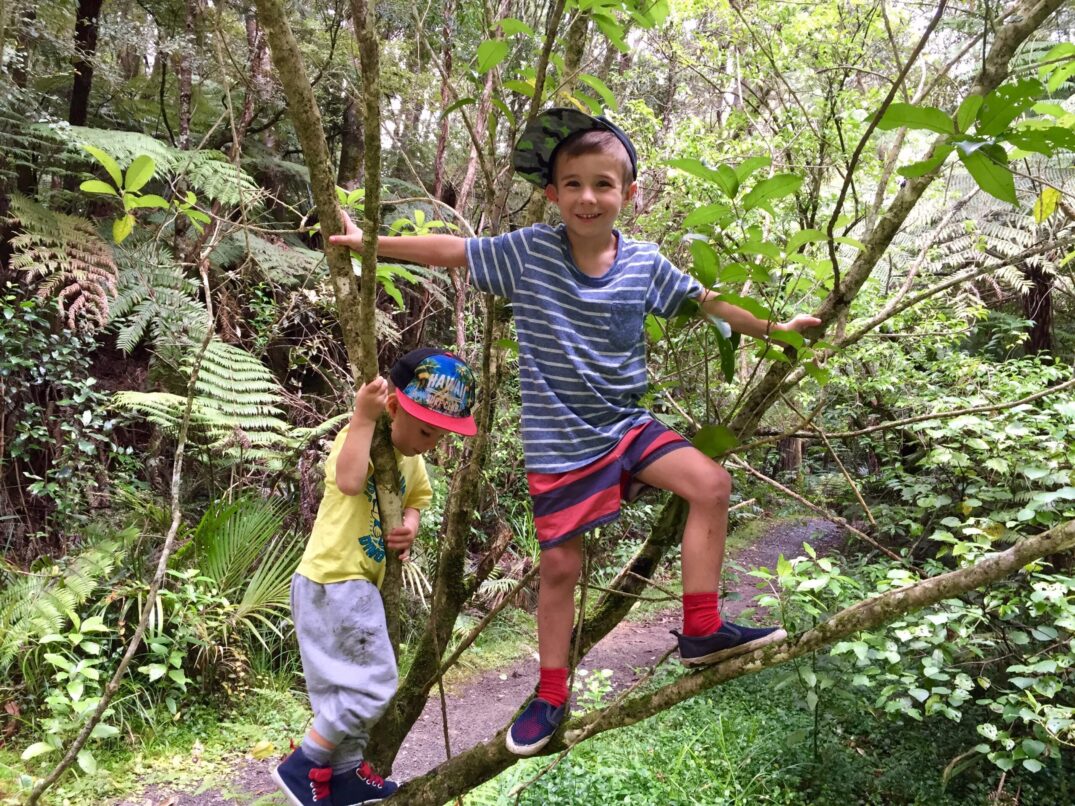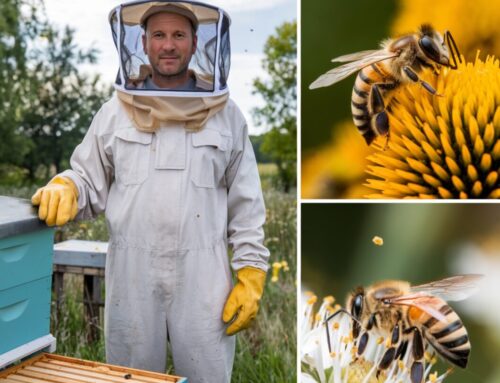As a father to three very active sons, the concept of risk-taking or danger is an almost daily reality. We live on a lifestyle block, and our boys spend much time in the native bush, taking (and losing) a wide variety of tools from the shed. During one lockdown in the middle of a Telehealth video consult, I spontaneously burst out laughing as my two older sons ran past the window, each wielding an axe on their way to make a fort in the bush. On explaining my outburst to the client on the other end of my laptop screen, they were somewhat shocked that I hadn’t run after them to retrieve said weapons. I didn’t, though…and here is why:
I believe that the concept of risk and danger, particularly when it comes to our children, is something that we have lost a bit of reality with. Gever Tulley, author of the book “Fifty Dangerous Things (You should let your children do),” explains this concept. The human brain does a poor job of evaluating and comparing various risks. Surveys consistently show that parents perceive danger for their children in activities that typically rank very low on the hierarchy of risk. In New Zealand (with some of the worst rates of child harm and injury in the OECD), car accidents, suffocation, and drowning rank the highest. Though we might be anxious about letting our child climb a tree or walk to school, we don’t think twice about putting them in the car multiple times each day.
Personally, I would go one step further and suggest that they are less likely to understand the consequences by not exposing their children to risk. Is a child who never jumps out of a tree more likely to get in the car with a drunk driver as a teenager? Are they more likely to even become the drunk driver? This simple anecdote has likely not been evaluated, but despite this, it is well understood that the time to learn that actions have consequences is when we are children. Creating resilience in our children is more important than ever, as New Zealand also has some of the world’s poorest youth mental health statistics.
So what should we do? Let your child climb that tree, jump off that rock, swing a bit higher and ride their bike down that hill. Want to know more? Check out the TED Talk by author Gever titled the “5 Dangerous things you should let your child do”, and the associated lessons to be learnt from each of the five ‘dangers’ below:
- Lick a 9-volt battery
- Climb a tree
- Burn things with a magnifying glass
- Make a bomb in a bag
- Superglue your fingers together
Nb. Written as Health columnist for the Hibiscus Matters.






